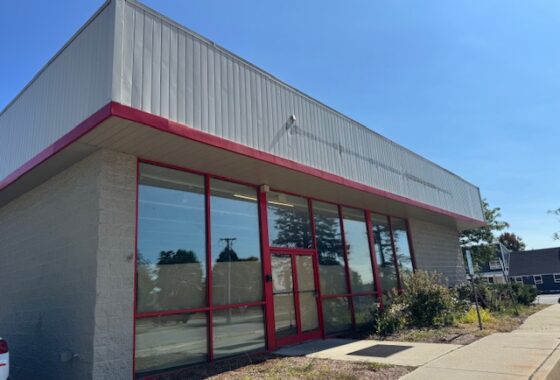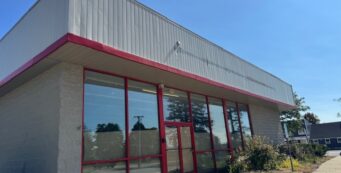Courtesy of Hughes Commercial
Real estate development is often portrayed as a bold, visionary pursuit—finding land, designing a structure, and betting on what tenants will want. But in reality, the most successful projects aren’t built on hunches. They’re built on research.
Market-driven development flips the process: instead of designing first and hoping tenants come, developers start by studying the market. Who are the tenants? What do they need? What are the vacancy rates? Where are the gaps? Only then do they design and build.
In today’s environment—where overbuilding in some sectors (like office and multifamily) has created risk—market-driven development isn’t just smart. It’s essential.
The Core Benefits of Market-Driven Development
Reduced Vacancy Risk
By aligning with real demand, you avoid the dreaded “empty shell” problem. If tenants are asking for certain sizes, features, or locations, you know your project won’t sit idle.
Faster Leasing Velocity
Projects designed around current demand often lease up more quickly, improving cash flow and reducing carrying costs.
Higher Tenant Satisfaction
When buildings are designed to match tenant workflows and business models, tenants feel at home. That leads to renewals and referrals.
Stronger Exit Value
Market-aligned buildings are attractive to investors. They carry less risk, offer more predictable returns, and can trade at stronger cap rates.
What Market Research Should Cover
Effective research goes beyond pulling a few comps. Developers should focus on:
Demographics & Workforce: Who lives nearby, and what industries are driving job growth?
Tenant Mix & Demand: What tenant types are expanding? Are contractors underserved? Are retailers downsizing footprints?
Vacancy & Absorption: How quickly are spaces leasing in the submarket? What’s sitting empty—and why?
Competitive Landscape: What projects are coming online that could compete with yours?
The more local and specific your data, the better. Generic “national trends” won’t convince lenders, investors, or tenants.
Lessons from Overbuilt Sectors
Recent years have shown the risks of ignoring demand. Consider:
Office: Many markets face historically high vacancy because developers kept building without accounting for remote work shifts.
Multifamily: In some cities, supply has outpaced renter demand, flattening rent growth.
Retail: Oversized big-box formats have become liabilities as tenant preferences change.
The takeaway: building without research isn’t bold—it’s risky.
How to Apply Market-Driven Principles
Start with Tenant Interviews – Talk directly with businesses in your market. What space do they wish they had?
Leverage Local Brokers – They have on-the-ground intel about demand, lease rates, and absorption.
Use Data Tools – Market reports, demographic platforms, and even permitting data can uncover trends.
Align Design with Findings – Let the research shape bay sizes, layouts, parking ratios, and amenities.
Tip for Developers
When considering a new project, ask:
“Am I building for what tenants need today—or what I hope they’ll want tomorrow?”
If your answer is grounded in research, you’re more likely to deliver a project that performs.








